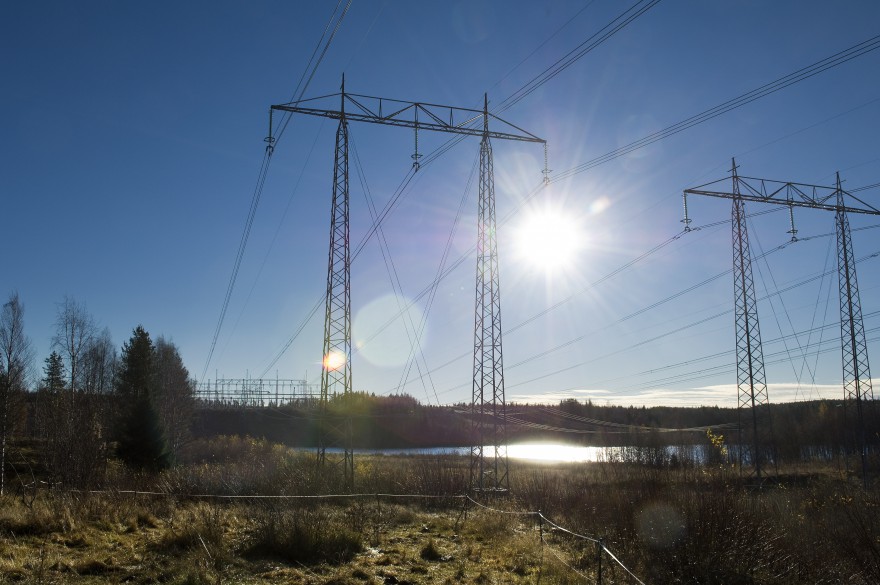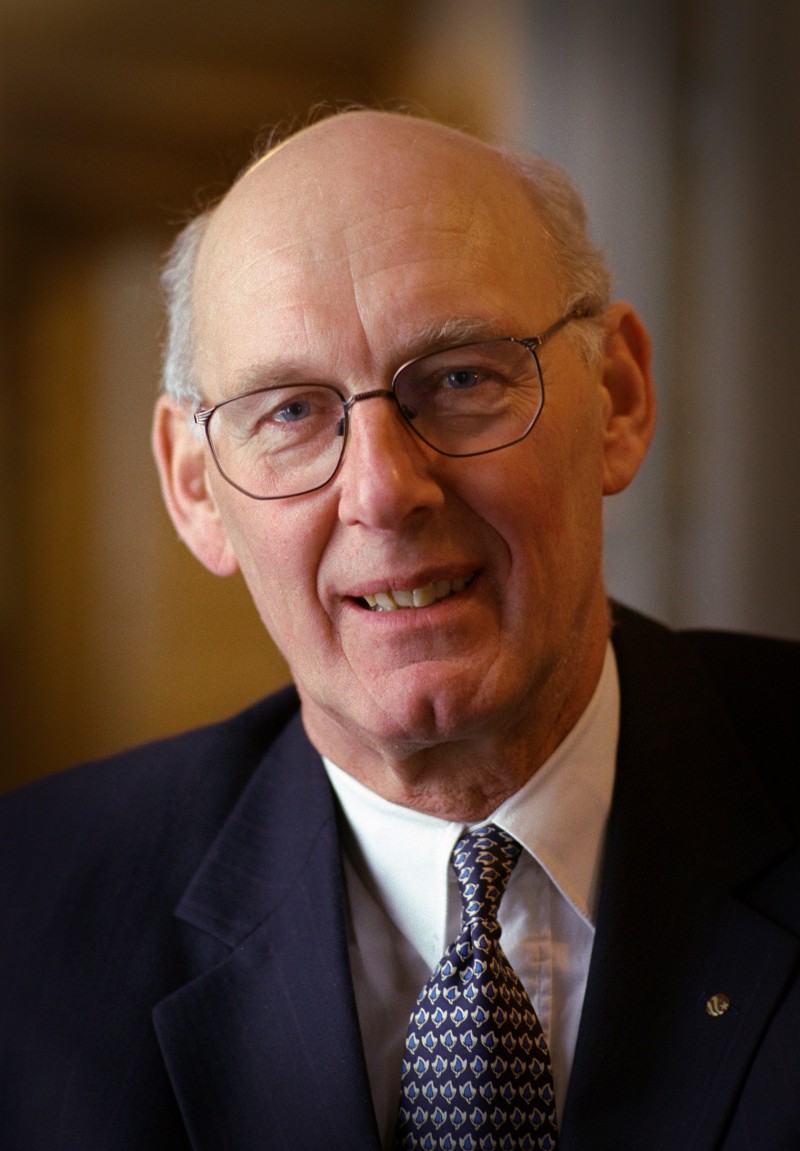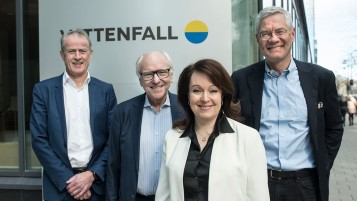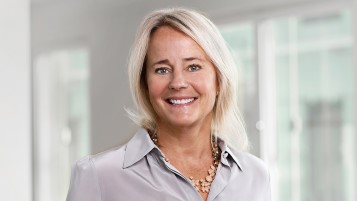
Challenged by a competitive market
Swedish electricity supply worked very well and electricity production was efficient. At least, so thought Vattenfall and the other Swedish electricity producers prior to deregulation in 1996. But Swedish politicians wanted greater competition, and so the electricity market was deregulated. Early on Vattenfall realised it had to adapt.
It was clear to Vattenfall's management by the late 1980s that sooner or later the electricity market would be deregulated. Most European power companies realised this only later.

Carl-Erik Nyquist, Director general of Vattenfall 1985–2000. Year: 1998 | Place: - | Creator: Hans Blomberg | ID: VF000534
In May 1991 Vattenfall's Director General Carl-Erik Nyquist gave a speech at the annual meeting of Elverksföreningen (the Swedish Association of Electricity Supply Undertakings), where 'the common theme is the word competition'. He argued that 'everything points towards electricity becoming a bulk commodity in future that will be freely traded across national borders'. In addition, he believed that all suppliers would soon have free access to the electricity grid. He concluded his speech by asserting that it was 'necessary to end the distribution monopolies and that the electricity sector would become more and more like other commodities industries'.
Another important message in his speech was that Vattenfall had to be kept together as a single company to cope with competition in a deregulated European electricity market. Conversely, most of the parliamentary parties had suggested dividing up Vattenfall during the discussions on incorporation. Albeit in varying degrees, and with different motives. One argument was that Vattenfall would become too dominant in the Swedish electricity market. But the plans to split the company up were soon put aside when politicians realised that the electricity market would soon become trans-Nordic. Vattenfall's market share was thus considerably reduced, to only 20 per cent.

McKinsey & Company Logotype. Year: - | Place: - | Creator: Okänd | ID: VF000153
During the first half of the 1990s an intensive analysis of Vattenfall was conducted with the help of the McKinsey consultancy firm. The intention was to examine how a deregulated electricity market could function and how Vattenfall would be affected. The biggest threat was thought to be huge price fluctuations, and especially dramatic price falls when there was plenty of electricity. Vattenfall was therefore against the formation of a power exchange. A daily market price would be visible to all and increase the pressure on price. Vattenfall instead wanted customers in a future electricity market to only get to sign multi-year contracts. At least initially. But the views of Vattenfall and the rest of the electricity industry did not get a hearing from the government.
New strategy for profitability
Once deregulation was implemented on 1 January 1996, the Swedish market was linked to the power exchange that had already been established in Norway. But things did not develop as expected. The price did not fall. Due to both dry and cold years, the price initially remained at quite a high level. Later, in the late 1990s, prices did indeed fall. To maintain profitability, Vattenfall adopted a new approach. New products and services would be developed instead of just producing and selling electricity.
An important aim of deregulating the electricity market was to streamline grid activities. Economies of scale often bring efficiency, and so Vattenfall had faith in a comprehensive structural rationalisation. A number of small distibution and sales companies were expected to disappear, leaving only a dozen or so companies. In fact, that did not happen. Although Vattenfall played its part by purchasing around ten distribution companies.
Once deregulation was complete, Vattenfall quickly focused on adapting its business to the new rules. The marketing function within the company grew dramatically. Bidding for the exchange became central, and it was increasingly important to develop contacts with customers. Even grid activities changed fundamentally. Keeping track of how much electricity different producers fed into the grid and how much electricity all the customers used involved a huge amount of work for Vattenfall.

Power lines at Stornorrfors hydro power station Year: 2007 | ID: VF000151



